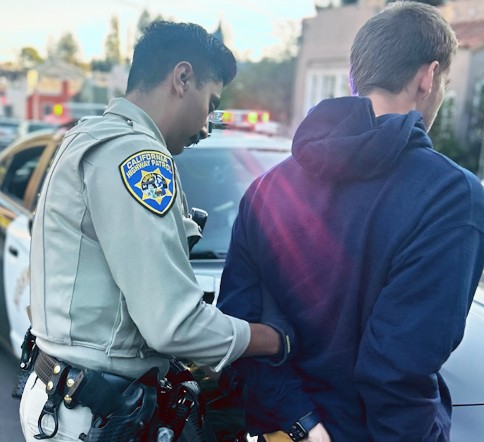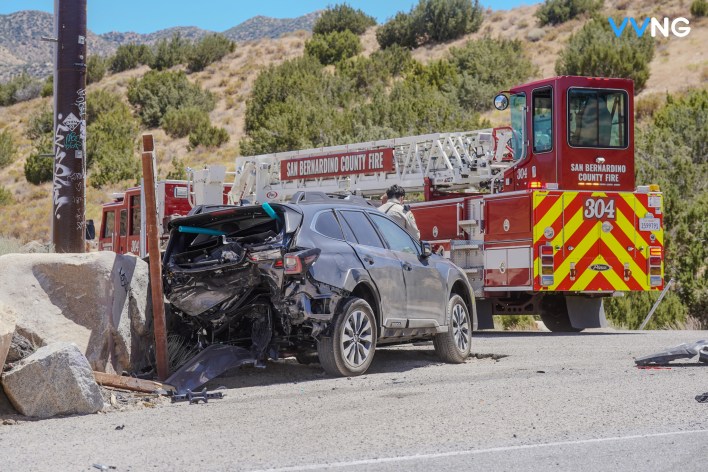One of the most prominent racist antisemitic Canadian politicians, a Hitler-wannabe who got himself arrested in the 1940s as a threat to democracy, had a grandson who has fallen not far from the family tree: Elon Musk.
Musk (father of at least twelve kids with at least three different women) is apparently known most now for his drug use… yet not enough drug use to stop from ranting constantly like his Nazi-loving grandpa about their favorite family paranoia — perceived theats to white male power.
In his latest move, acting out the stereotype of a sleepless angry old man who doesn’t know how a computer works, he’s been spreading manipulated conspiracy videos about Harris to dangerously peddle disinformation.
This is the current equivalent of email scams that trick you with text. These scams elevate it with audio/visual elements.
Such intentional fraud clearly violates Musk’s own policies, which highlights his long family history of total disregard and disrespect for law and order. Musk obviously is stumping for extremist right-wing politicians, as if he sees himself as above a Mackey fate.
…the federal conviction of Douglass Mackey last year [gives] an example of potential harms. Mackey, also known as the alt-right influencer “Rickey Vaughn”, sent mass text messages in November 2016 encouraging Black recipients to “vote by text” instead of casting a real vote, with the texts claiming they had been paid for by the Clinton campaign. Federal judges rejected Mackey’s first amendment arguments on the ground that the communications amounted to acts of fraud which were not constitutionally protected. Mackey was sentenced in October to serve seven months.
Musk engages in so much overt and intentional fraud at this point, historians may look back and use his name for it. In this case his promotion of deepfake AI of a political candidate violates the Federal Election Campaign Act, conspiracy to defraud U.S. law, Computer Fraud and Abuse Act, and state election interference laws… or so experts say.
The fraudulent video he promotes with X Twitter, for example, lacks any disclaimer. The initial fascism propaganda account that uploaded it — @MrReaganUSA — had set a “parody” label. However, Musk removed all the disclaimers when he reposted it eight hours later simply commenting “This is amazing” to very intentionally increase the potential fraud impact.

Notably, this propaganda account that glorifies Hitler and fascism has a long relationship with Elon Musk and could be a member of his staff. Their timeline shows intention and planning, even directly taunting @POTUS in February 2023 about abuse of AI.



In related news, after Elon Musk announced he setup a PAC to control Trump, they admitted their plan is to end democracy and have no more elections. It’s just like back when Musk’s grandpa campaigned for a racist dictatorship during WWII (Technocracy branch of fascism)… and got himself arrested in Canada.


